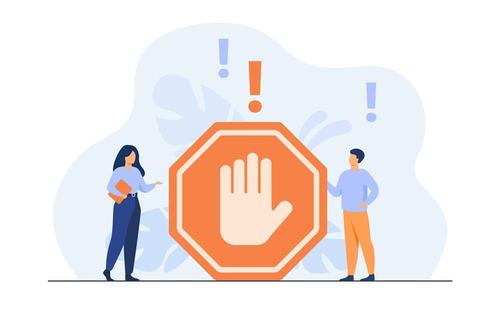Lone working risk assessment form template
Use this model lone working risk assessment to help identify any risks associated with lone working in the workplace, and implement safe working measures.
- Includes template + 15-minute call with an expert.
- Instantly download as Word / PDF / plain text, or send by email.
- 12 months’ access, with all updates to this page provided free of charge and notified to you.
- 351 words over 2 pages.
- Last updated 09/08/2022.
- UK-specific accuracy. Suitable for use in other territories; check local laws first.
- SAVE up to 1 hour drafting & research. Reduce risk.
Lone working risk assessment form
Definition: Lone workers are those who work by themselves without close or direct supervision.
Working alone is not in itself against the law and it will often be safe to do so. However the law (the Health and Safety at Work Act 1974 and the Management of Health and Safety at Work Regulations 1999) requires employers to consider carefully and then deal with health and safety risks for people working alone.
| Tick as appropriate | Yes | No |
| Is there a documented and communicated procedure setting out the means for reporting in? |
You're currently viewing a limited preview. For instant full access, purchase this item or a parent bundle.
Individuals are alone at work when they are on their own, they cannot be seen or heard by another worker, cannot expect a visit from another worker for some time and/or where assistance is not readily available when needed. Therefore, lone workers are those who work by themselves without close or direct supervision.
Lone working is not against the law, however, the law does require you to carry out a risk assessment.
A separate lone working risk assessment is especially important because lone workers are often more vulnerable than someone who, for example, works in a busy office.
Practical application of this template
Broader workflow
Broader workflow
Check which resources should be implemeted before and/or after the Lone working risk assessment form template, to understand the workflow.
Accident investigation form
A clear accident investigation form template to record incidents, identify causes, and implement corrective actions effectively.
Safe System of Work (SSOW)
A safe system of work plan that outlines hazards, controls, procedures and responsibilities to ensure tasks are carried out safely and legally.
Frequently Asked Questions
Frequently Asked Questions
-
Can I use this template in my small business?
Yes. The Lone working risk assessment form template is designed to be flexible and suitable for organisations of all sizes, including small businesses and charities. It follows UK employment law best practice, so even if you don't have an in-house HR team, you can confidently apply it.
-
Is this template compliant with 2025 UK employment law?
Absolutely. All of our templates are drafted with the latest ACAS guidance and UK employment legislation in mind. We review and update them regularly, so you can be confident they remain compliant.
-
Can I customise it for my organisation?
Yes, we highlight the areas that you need to update with your own details, and where you need to make decisions to suit your situation. This saves you time and ensures that you meet best practice.
-
Do I get instant access?
Yes. Once purchased, you'll be able to download it instantly. Templates are provided in editable Word or Excel format so you can customise them easily, and in PDF format for easy sharing.
-
What if I need more help, not just this template?
If you're looking for broader support, we also offer toolkits and library bundles that include this template, along with other HR templates and policies for fully managing your situation. These may be more cost-effective if you need deeper advice.
-
Why should I use this, and not AI to generate this template?
The risk of using a free AI-generated template 'without review' includes your legal exposure, missing context, and no awareness of the wider process. Purchasing from us mitigates that risk.

